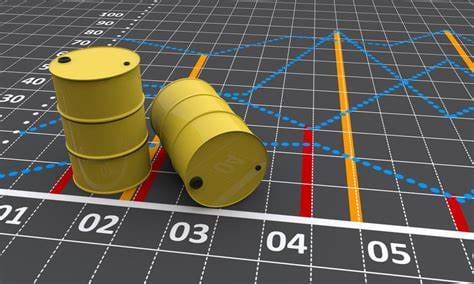Marks of Distinction - Authenticating marks you should look for when buying Habanos


The warranty seal was first introduced in 1889 by Royal Decree of the King of Spain and subsequently was adopted by the Cuban government as an authentication means for local Cuban made goods. The most recent Cuban Government Warranty Seal was introduced in 2009 with a hologram on each seal as well as an individual bar code that tracks every box of Habanos from production to each Habanos s.a. exclusive distributor anywhere in the world. This allows customers to check whether cigar boxes are authentic and could be verified online via https://www.habanos.com/en/

Another feature of all habano boxes share is the stamped words 'Hecho en Cuba', also referred as 'Made in Cuba'. Although this practice was introduced since 1960, different time periods and dfferent sizes have different stamps embedded. You can find cigar boxes produced from 1994 been hot-stamped with 'Habanos s.a'; wheres from 1985 to 1994, the name was referred to 'Cubatabaco'. Nowadays, they are marked TC for Tripa Corta and short filler cigars. For long fillers they are marked as shown in the picture above.
On top of the above marks, since 1994 all habano boxes have carried the Habanos seal as a mark of the cigar's denomination of origin. No box of Habanos could be shipped from Cuba without it.

Perhaps you might also have encountered codes stamped in the bottom of the box; this usually refers to the date and factory that made the cigars. But unless you know a little bit of Spanish, the months may need deciphering where
ENE = January , FEB = February , MAR = March , ABR = April , MAY = May , JUN = June, JUL = July, AGO = August, SEP = September, OCT = October, NOV = November, DIC = December

Finding the date on boxes made since the year 2000 is comparatively easy as was explained above. However, between 1985 and 1999, the dates were stamped using a three or four letter code. The Code word used was NIVELACUSP with each of the ten letters corresponding to a number you can see below. For example, if you see the letters NISU on a box, they will convert to 1298, which means that the box was filled in December 1998. In 1998, there is also a new system introduced to replace NIVELACUSP, a new code word CODIGUNETA. Under this system, the order of the numbers changed which for instance the letters UNCC would date from January 1999. The code was also broken early in the year and so from May 1999 a system of randomly chosen letters and numbers was adopted, which featured:
EP00 - May 1999
ES00 - June 1999
EU00 - July 1999
EA00 - Aug 1999
EO00 - Sep 1999
LE00 - Oct 1999
LL00 - Nov 1999
LR00 - Dec 1999





